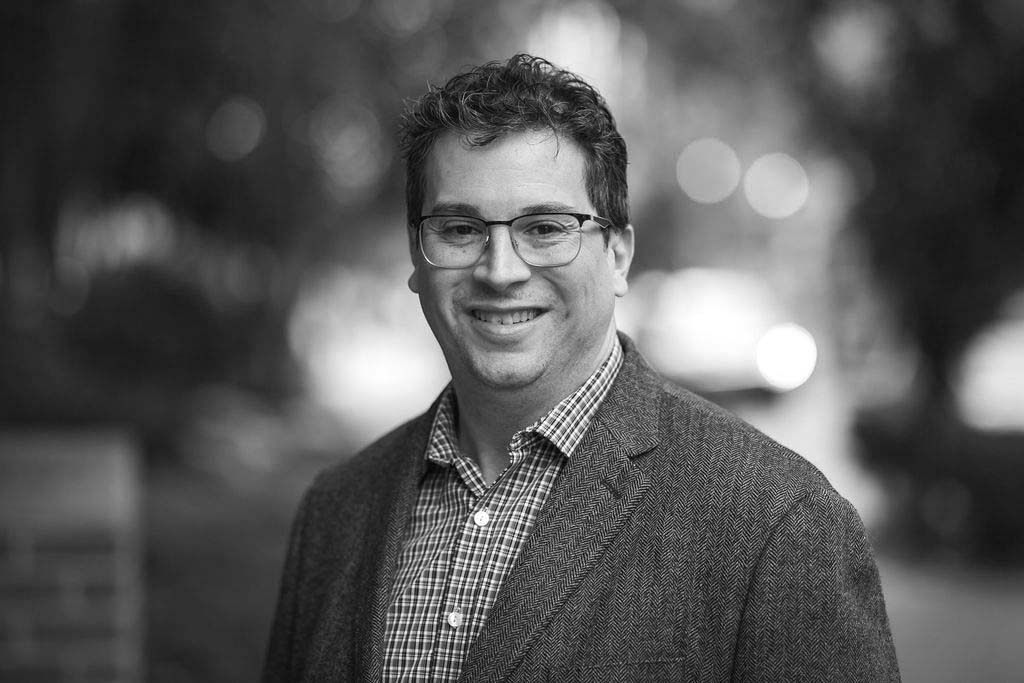
Hail to the chief

More than halfway through the calendar year, the late 2023 trend of precipitously falling crime in Washington, D.C. continues. Preliminary data suggests serious crime is down across the country for the second year running, but D.C.’s crime drop is considerably larger than the apparent national trends in murder, violent crime, and property crime. Last year, D.C. was an outlier in all the wrong ways, experiencing its highest murder total since 1997. This year’s trend is welcomed, but more needs to be done to fully reverse the years of marginal increases in homicides.
What changed?
Crime is multivariate: there is no single reason people commit crimes and, as such, there’s no single metric that can fully explain crime trends. Social scientists have some idea what strategies tend to work to reduce crime—strategic deployment of marked vehicles and officers, for example—and researchers know there are some uncontrollable factors—like hot weather—that can influence certain criminal behavior. But informed speculation can be helpful to understand what policymakers are doing right.
The D.C. Metropolitan Police (MPD) has had three chiefs since the departure of Cathy Lanier in 2016. That year, District homicides (135) numbered fewer than half of the 2023 total (274). Although it would be too much to blame any of the chiefs individually for the murder spike, consistent and principled leadership can only help MPD move forward.
Under Chief Pamela Smith, who has been on the job for one year, MPD has made clear that the department was returning to a mindset of proactive policing. In an open meeting with officers in my neighborhood, MPD brass committed to putting more uniformed officers on the streets. In my part of D.C., at least, they’ve kept their word.
As I’ve written repeatedly, visible police deter crime. Putting resources where crimes happen most often will reduce incidents of crime in those places, often without spillover effects into neighboring areas.
Chief Smith credits recent D.C. legislation for the decrease in crime. Much of the recent legislation was more about improving police morale or seeming to be tougher on crime than directly influencing criminal behavior. Some provisions repealed reforms that followed the nationwide protests of 2020 that had never been funded—and thus never implemented. (Undoing what wasn’t done is hardly a policy game-changer.) Other provisions lengthened sentences for certain criminal convictions. As death penalty and other criminological research has repeatedly shown, the severity of sentences has much less influence on criminal behavior than the offender’s perceived certainty of being caught. With all due respect to Chief Smith, then, it is highly unlikely that marginal sentencing changes led to a (year-to-date, as of August 6) 29 percent drop in murder, a 16 percent drop in property crime, and a 35 percent drop in violent crime. Indeed, these trends began before the legislation passed. Her officers likely have much more to do with those declines than new sentences that take months or years to convict and impose.
But if that legislation had any measurable effect on the crime trend, it was directly related to police policy. The biggest change to policing was the expansion of temporary drug-free zones. This new provision allows the chief to “declare any public area encompassing a maximum of 1,000 feet per side a drug free zone for up to five days.” In essence, this empowers officers to more easily interdict open-air drug markets and related criminal activity in areas that have recently experienced crime. This provision probably had some positive effects, but again, the trends pre-date the law’s passage and are unlikely to have reversed the abysmal violent crime trend so dramatically.
That said, enforcement can only work as a deterrent if penalties are imposed. The U.S. Attorney’s Office for D.C. (USAO) has come under scrutiny for under-prosecuting serious offenses and felons in possession of firearms charges. The D.C. crime decline also coincides with an increased prosecution rate that followed the negative press, but the USAO has downplayed the correlation, perhaps in deference to the vehemently anti-carceral portion of the Progressive base. This distancing makes the USAO perhaps the only prosecutor’s office in America that won’t take credit for a drop in crime.
Chief Smith isn’t a miracle worker and MPD hasn’t been reinvented overnight. But she should be proud of MPD’s accomplishments over the first year of her tenure. Let’s hope they keep up the good work and make the nation’s capital a safer place to live and work again.



 ">
">